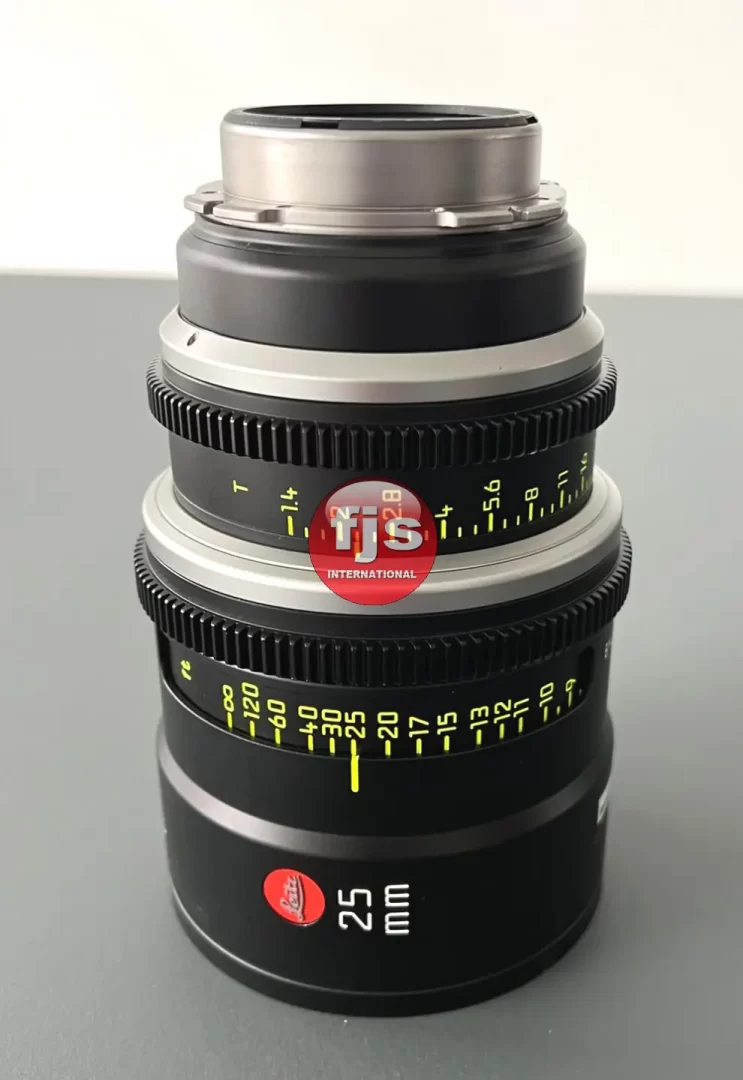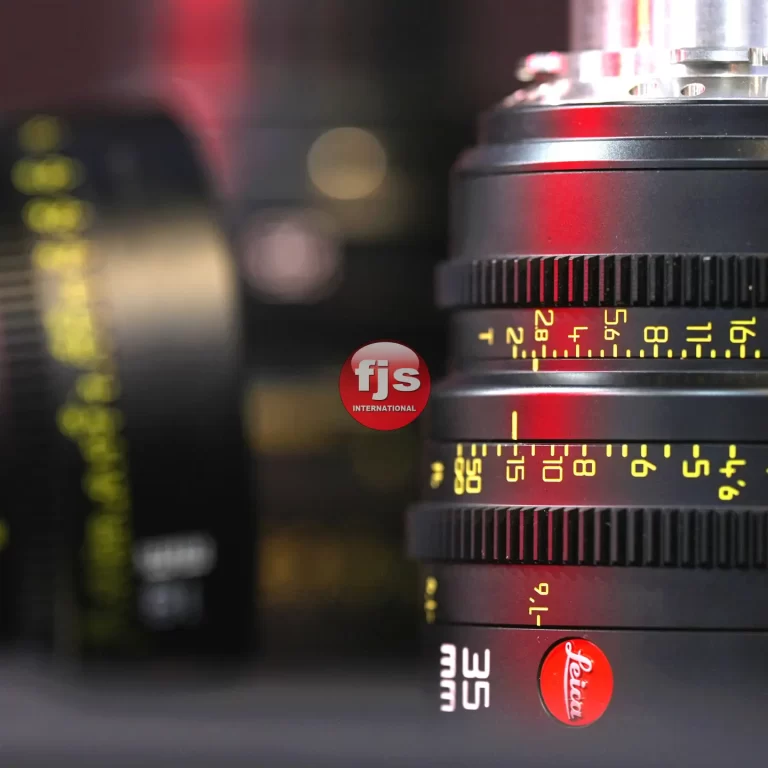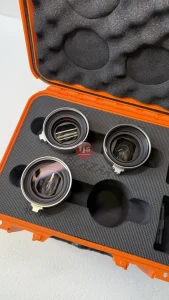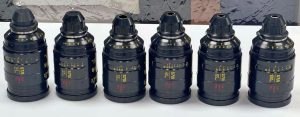Leica Camera AG is a German firm whose primary focus is the production of cameras, optical lenses, photographic lenses and binoculars. Established by Ernst Leitz in 1869, this enterprise has been thriving for over 140 years.

In 1986, the renowned Leitz company rechristened itself as Leica to capitalise on its fame. Its name derives from the first three letters of founder Ferdinand Leitz’s surname (Leitz) and two word combination – lei-ca (Leitz Camera). Eventually relocating their factory from Wetzlar to Solms in Germany’s East, this occurred during a time of transition for the industry which saw several names change hands along with an exodus towards more automated production processes.
From 1907 to the 1950s, buildings erected at the Leica factory in Wetzlar proudly occupied Ernst Leitz Street. Until 1986 this historic thoroughfare was often home to an architectural composition that brought together urban planning and medieval architecture – a perfect transition from towering skyscrapers towards decrepit ruins located nearby.
During the final decades of the nineteenth century, renowned industrialist Ernst Leitz shifted his facilities to Kalsmunt’s altitude with ample residential structures and workplaces on Laufdorfer Weg.
In the early 1900’s, optical devices experienced a considerable increase in production that gave rise to the construction of Wetzlar’s first skyscrapers. One notable part of this row is concealed today behind an adjacent edifice at Schtzenstrae Street; its oldest portion still remaining hidden within its newer counterpart – constructed in 1907 and possessing plans consisting of a brick structure upon stone bases topped with sloping roofs as well as slate ones. Yet sometime later it was deemed expedient to construct concrete skeletons instead, while concurrently altering their faade design significantly more minimalistic than Schmidt’s original plan back then- resulting in only four levels accessible through windows spaced out over six sections each (three per group). Surrounding them are narrow wall patterns while lightly embedded parapets highlight lower floors before separating fourth floor visually from uppermost section by distant cornice on either side thereof- which had evolved considerably over time due concomitant growth and worker influxes. Within just few years thereafter Leitz again reared up demands for further constructing tall edifices – this time after Jean Schmidt planning conception! After Robert Schneider commenced construction late 1911 it became evident that 4th level should distinguishively stand out vis-à -vis rest quite far away from central building itself so designers came up with rather peculiar solution; vertical patterning present on all other tiers separated 2nd one furthermore featured intriguingly distant cornices whereas 3rd also boasting particularly high ceilings yet being separated even further from main unit by additional detached remoteness compared to those found elsewhere
The first 35 mm film prototype Leica cameras were constructed by Oskar Barnack at Ernst Leitz Optische Werke, Wetzlar in 1913. One account indicates that the original Leica was intended as a compact camera for landscape photography, most especially during mountainous treks. However other sources indicate that its primary function was to utilize test exposures with standard motion picture 35 mm film – which offers a more expansive frame size of 2436mm instead of the 1824mm afforded by cinema-based equipment.
The Leica had several model iterations, and in 1923, Barnack convinced his boss, Ernst Leitz II, to make a preproduction series of 31 cameras for the factory and outside photographers to test. Though the prototypes received mixed reception, Ernst Leitz decided in 1924 to produce the camera. It was an immediate success when introduced at the 1925 Leipzig Spring Fair as the Leica I (for Leitz camera). The focal plane shutter has a range from 1/20 to 1/500 second, in addition to a Z for Zeit (time) position.
Barnack conceived the Leica as a pocket-sized camera capable of generating a small negative. To produce enlargements (one of which he dubbed “the small negative, large photo concept”), it necessitated that his cameras be equipped with top quality lenses capable of producing clearly delineated negatives. Barnack tested an early prototype Zeiss Tessar on this device and found it was unsuitable; since its optical design only accommodates cine film formats measuring 1824mm x 2436mm, they did not adequately cover the Leica’s 2436 mm negative format.
Barnack endeavored to utilize a Leitz Mikro-Summar 1:4.5/42 mm lens for the prototype, yet in order to attain levels of clarity necessary for satisfactory enlargement, it was deemed imperative that an especially-designated lens be attained – one tailored specifically for 24×36 mm format. The initial Leica lens was based on the Cooke triplet from 1893; Max Berek at Leitz adapted this design and gave it its current moniker “Leitz Anastigmat.” It incorporates five elements (three cemented) arranged in three groups with a final element serving as a unifying element between them all – thus offering up an even greater degree of resolution than anticipated.
Unlike others the Leitz Anastigmat boasts a diaphragm within its composition of the first and second elements. When introduced in 1923, this lens was rechristened ELMAX – for E Leitz and MAX Berek. By 1926 it became apparent that improvements to lenses were made by laboratory research; consequently Professor Berek conceived an alternate iteration which consisted of only two cemented elements with simpler construction than before. One could find his name emblazoned as Hektor REX on several Leica models.








